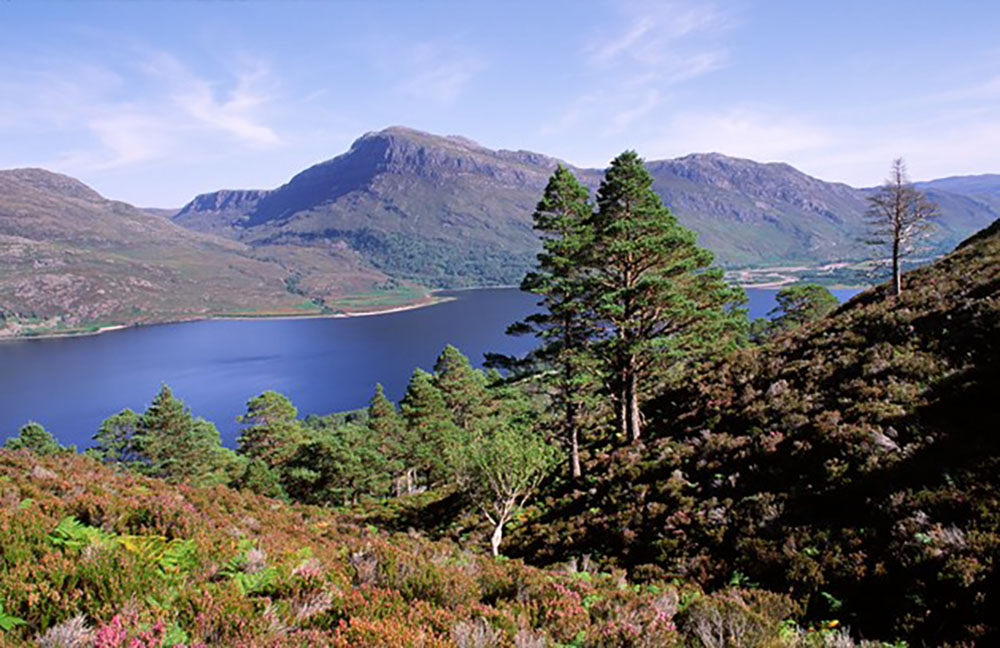Nature reserves owned by Scottish Natural Heritage (SNH) generate £28m worth of climate, tourism, recreation, and health benefits a year, research published today reveals.
The report – the first of its kind produced by a public body in Scotland – measures the value of the natural capital of the 56,000ha of land owned and managed by SNH, which is mainly comprised of National Nature Reserves (NNRs).
Natural capital is the stock of Scotland’s plants, wildlife, air, water, and land providing benefits to the people and businesses across the country. Assessing the monetary value of natural capital is one way to show how nature provides many benefits to everyone in their everyday lives. Using the natural capital approach to understand nature’s wider benefits can in turn help businesses and other organisations make more informed decisions based on a broader picture which includes the environment.

The report’s calculations include volunteers contributing 4,659 days of work (£421k); SNH land sequestering carbon, mainly through its woodland and saltmarsh habitats (£2m) and air quality filtration benefits (£73k). Other benefits valued in the report include food, education, renewable energy production, and health and well-being.
Annual management costs were estimated at £3.5million, which means we estimate the benefits of SNH land outweigh the costs by eight to one. The true capital benefits may be much higher, however, as it isn’t currently possible to measure other advantages, such as water quality, mental health benefits and flood risk mitigation.
SNH Chief Executive Francesca Osowska said:
“This innovative report vividly illustrates that our nature reserves are providing an outstanding return on investment of time, money and resources.”
SNH is the first public body to publish natural capital accounts for their land in Scotland, and could provide a template for other public bodies to consider this approach. Read the full report at https://bit.ly/33MF1We. To find out more about Scotland’s NNRs, see www.nnr.scot

